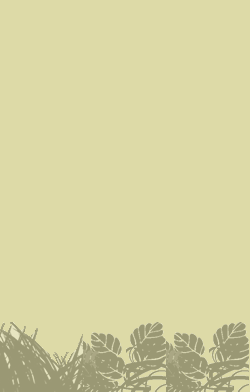The Zebra Finch, Taeniopygia guttata (formerly Poephila guttata),[2] is the most common and familiarestrildid finch of Central Australia and ranges over most of the continent, avoiding only the cool moist south and the tropical far north. It also can be found natively in Indonesia and East Timor. The bird has been introduced to Puerto Rico, Portugal, Brazil and the United States.
The ground-dwelling Zebra Finch grows to a size of about 10 centimetres (3.9 in) long and usually eats grass seeds and spray millet.[3] This species’ vocalizations consist mostly of chattering trills and calls.
Zebra Finches inhabit a wide range of grasslands and forests, usually close to water.[3] They are typically found in open steppes with scattered bushes and trees, but have adapted to human disturbances, taking advantage of human-made watering holes and large patches of deforested land. Zebra Finches — including manyhuman-bred variants to the species — are widely kept by genetic researchers, breeding hobbyists and pet owners.
The Zebra Finch breeds after substantial rains in its native habitat, which can occur at any time of the year. Birds in captivity are ready to breed year-round. Wild birds are adaptable and varied in their nesting habits, with nests being found in cavities, scrub, low trees, bushes, on the ground, in termite hills, rabbit burrows, nests of other birds, and in the cracks, crevices, and ledges of human structures. Outside of the breeding time, brood nests are constructed for sleeping in.
(From Wikipedia, April 2013)





